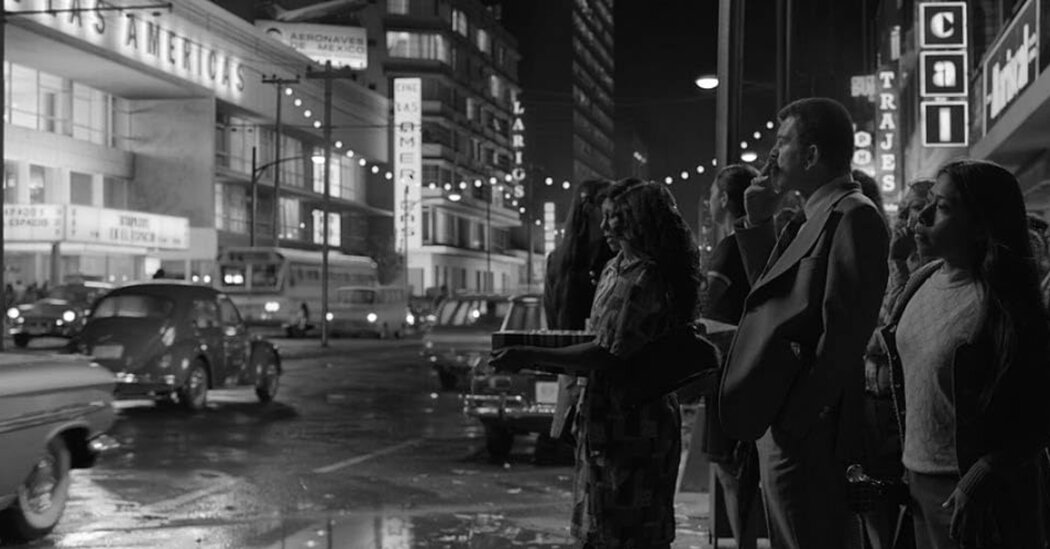For a comedy set piece, different lines can be stitched together digitally to make sure the film keeps the funniest material from each take. “One guy’s line might be funny, but the other guy’s response isn’t,” Grasmere said. “If they touch each other during the shot, we might have to rebuild a hand, or an entire arm. Or we’ll repaint the background from one shot, blend two faces from two other moments, or superimpose something into the foreground to match two different performances together. There are a million ways to make it work.”
A lot of invisible effects work concentrates on faces. Artists can do replacements on body doubles, either for nude scenes or dangerous stunts. More commonly, there’s extensive cosmetic work performed on actors — removing wrinkles, smoothing out blemishes or otherwise correcting imperfections to make actors look their best. This kind of work is usually referred to as “visual makeup” or vanity VFX, and it’s becoming so common that many top stars have this work written into their contracts.
“Cosmetic VFX work is often super complex, but because we have to sign nondisclosure agreements, we can rarely talk about or advertise that work,” said Martin Pelletier, a VFX supervisor with Rodeo. “You might do a sequel where an actor returns to a role and has put on a humongous amount of weight, and we have to come in and fix it. Or someone has a triple chin, and we have to make him or her look nice and thin.”
“It can be a sensitive question,” Pelletier added. “We once had an actress who didn’t want to look overweight in a scene surrounded by a bunch of people. We had to shave off about 80 pounds.”
One of the most common invisible effects is what’s known as “retiming.” If a director feels that a shot or a scene is running too short or too long, it can be sped up or slowed down by either removing frames or adding them. This can create visual artifacts or a kind of unnatural distortion, or cause the shot to look “jittery” and “steppy.” Visual effects artists make imperceptible adjustments “so that it all moves smoothly,” Weintraub said. “It gets tricky, and it’s a subliminal thing.”
All of this affords filmmakers a level of control over continuity that borders on perfectionism. “Maybe there’s a spot on somebody’s face in one shot, or someone’s hair was slightly off and we have to go in and replace it,” Groves said. “On the one hand, it’s like, who cares? No one will notice. But at the end of the day, it’s these little things that can make a film just that much better.”
